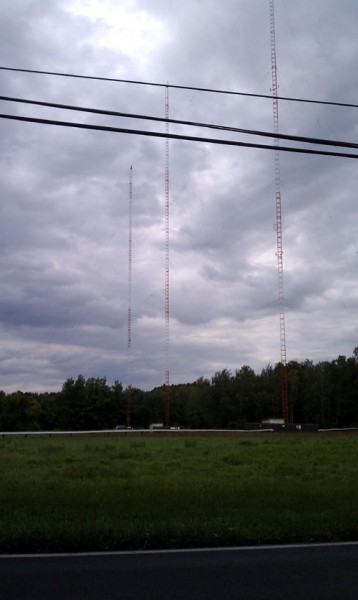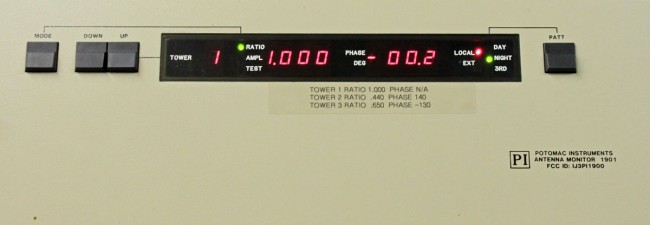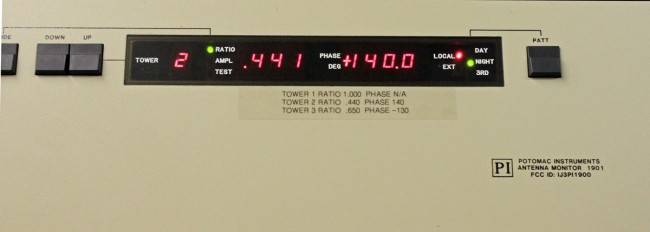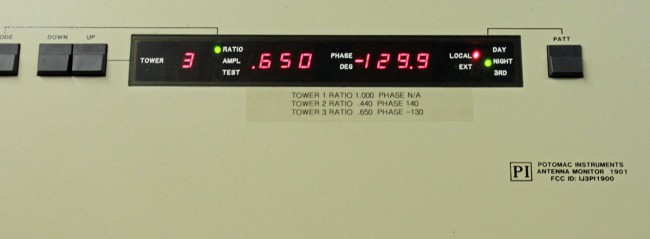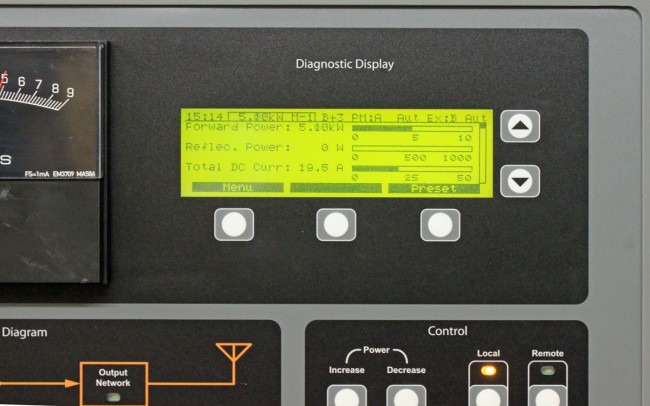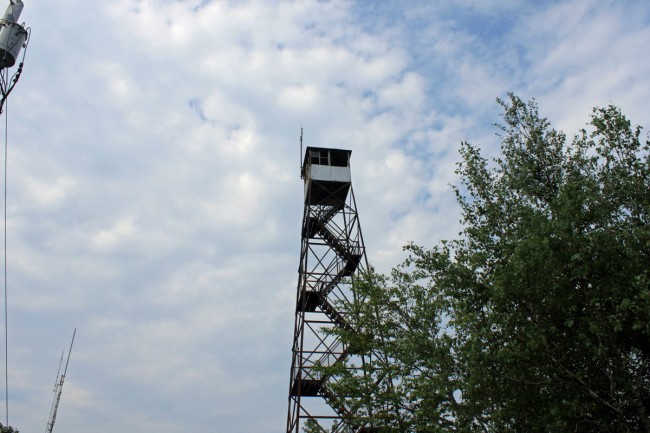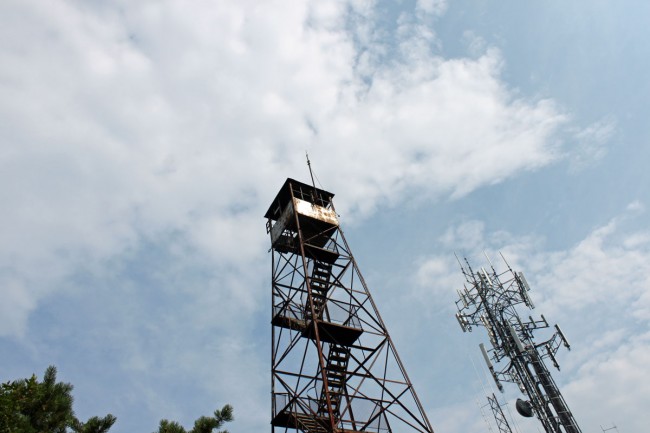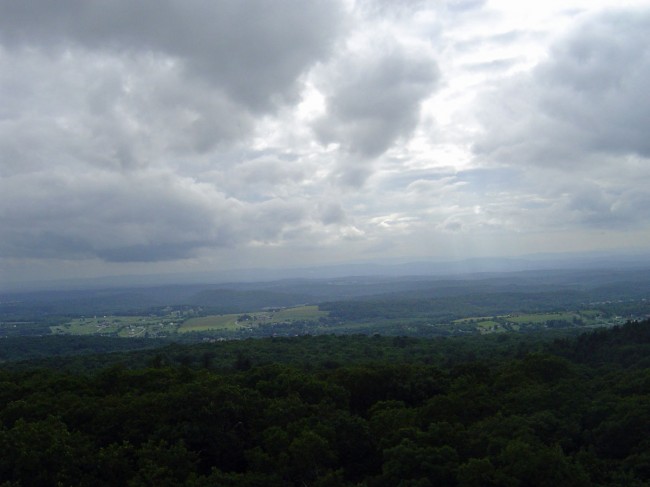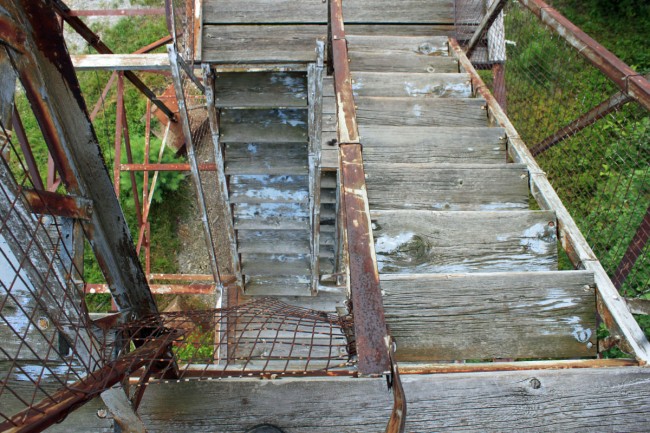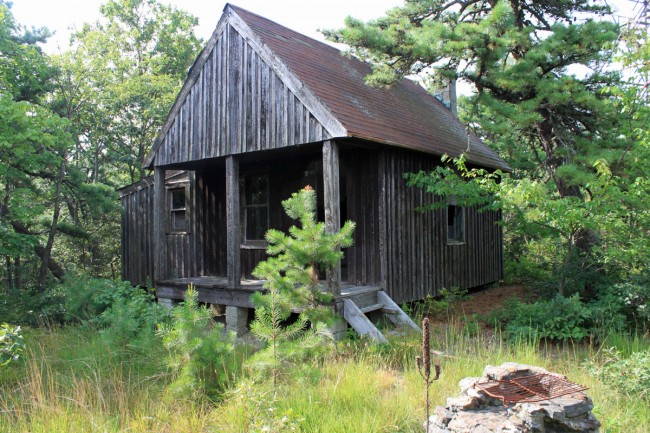This is another one of those, ahem, AM success stories. WKNY is on 1490 KHz, 1,000 Watts day and night from a transmitter site that is located very close to its target audience of Kingston. It signed on on December 16, 1939, broadcasting 100 watts on 1500 kHz according to the Broadcasting Yearbook 1940 edition.
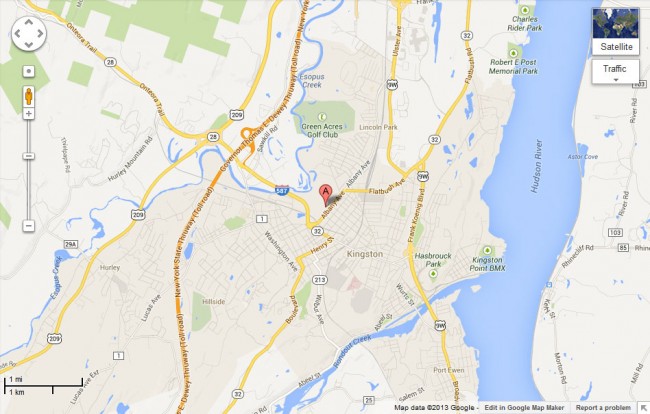
The transmitter location is the key to this station’s good signal over Kingston. Even though it is a class C AM station when driving around the Kingston city limits there is no electrical interference or nighttime co-channel interference. The reason for this is that most of the city limits are within 2.5 to 3 miles (4 to 4.8 km) from the tower.
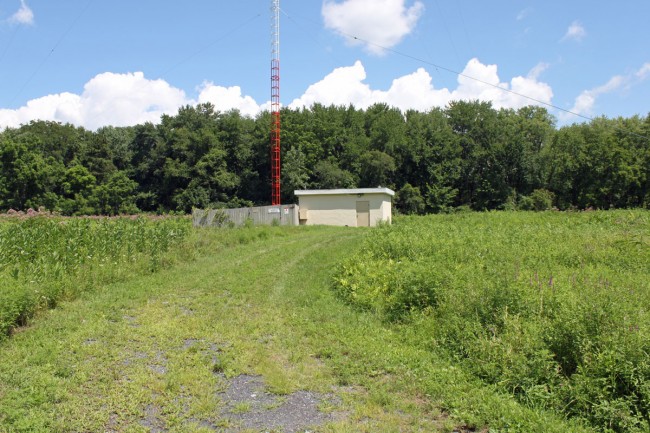
This is the original transmitter building and tower. Like many old AM transmitter sites, this one is located in a low, swampy area. The tower is electrically tall for 1490 KHz, at 92 meters (305 feet) it is 163 electrical degrees. Something else that may contribute to the station’s performance.
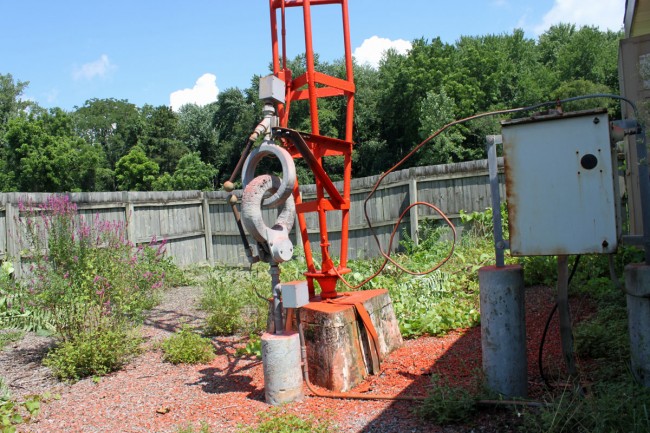
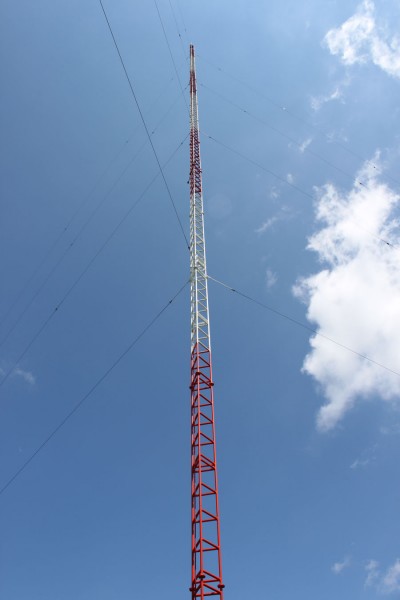
WKNY tower, a typical design of a uniform cross-section guyed tower from the late 1930s to late 1950s.
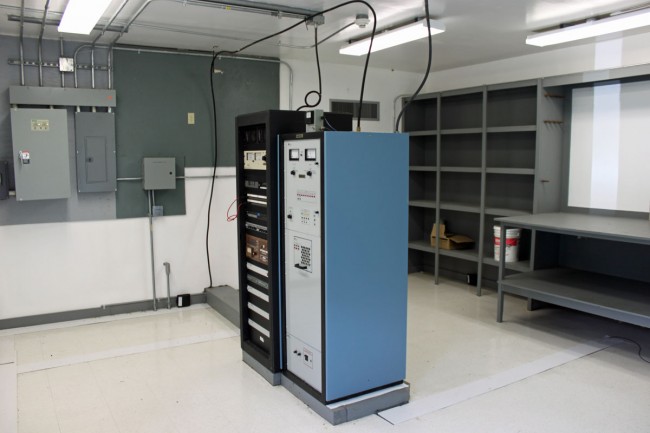
WKNY transmitter. Another Nautel ND-1 series transmitter. Nothing ever breaks or goes wrong.
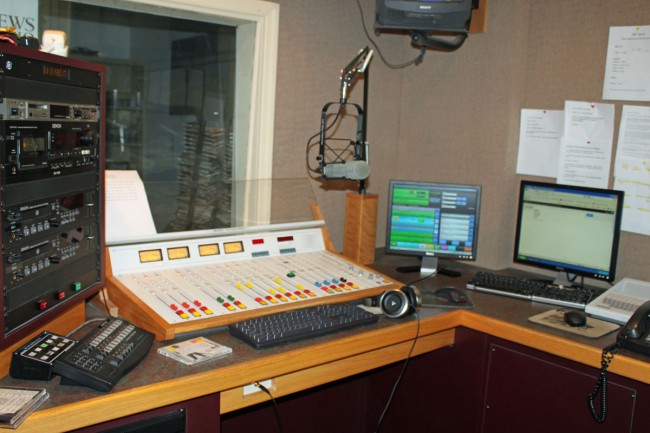
The air studio has an AudioArts R-60 console. For an inexpensive audio console, these things sure seem to last for a long time. I think this one was put in in 1997.
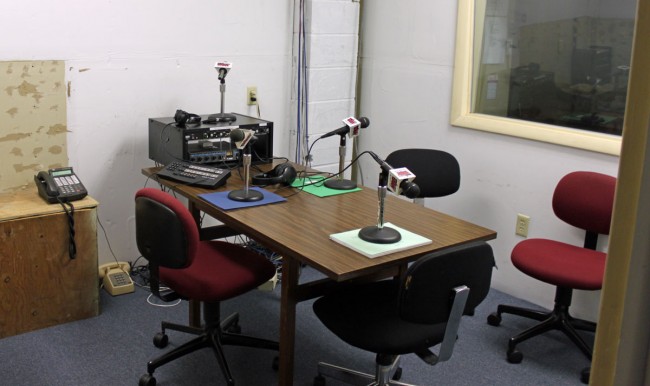
A small talk studio is used to originate local programming of interest. This morning, I was listening to “Speak Out With Jody McTague,” a local interest program that was discussing the impacts being felt in the Kingston area due to the “Affordable Health Care Act.”
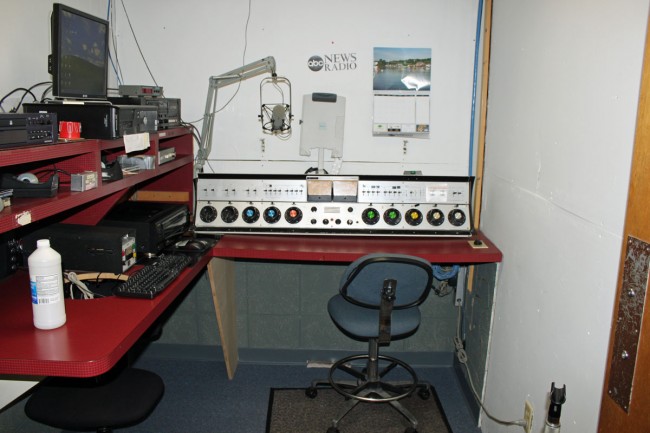
The production studio has a rather old Harris rotary pot console from the 1980’s.
Of course, all of this equipment makes radio transmission possible, but what makes radio itself is the local people working at the station and bringing relevant information to the area. I know a lot of very smart people are working on the “solution” to the AM problem. It really has to do with the programming.

